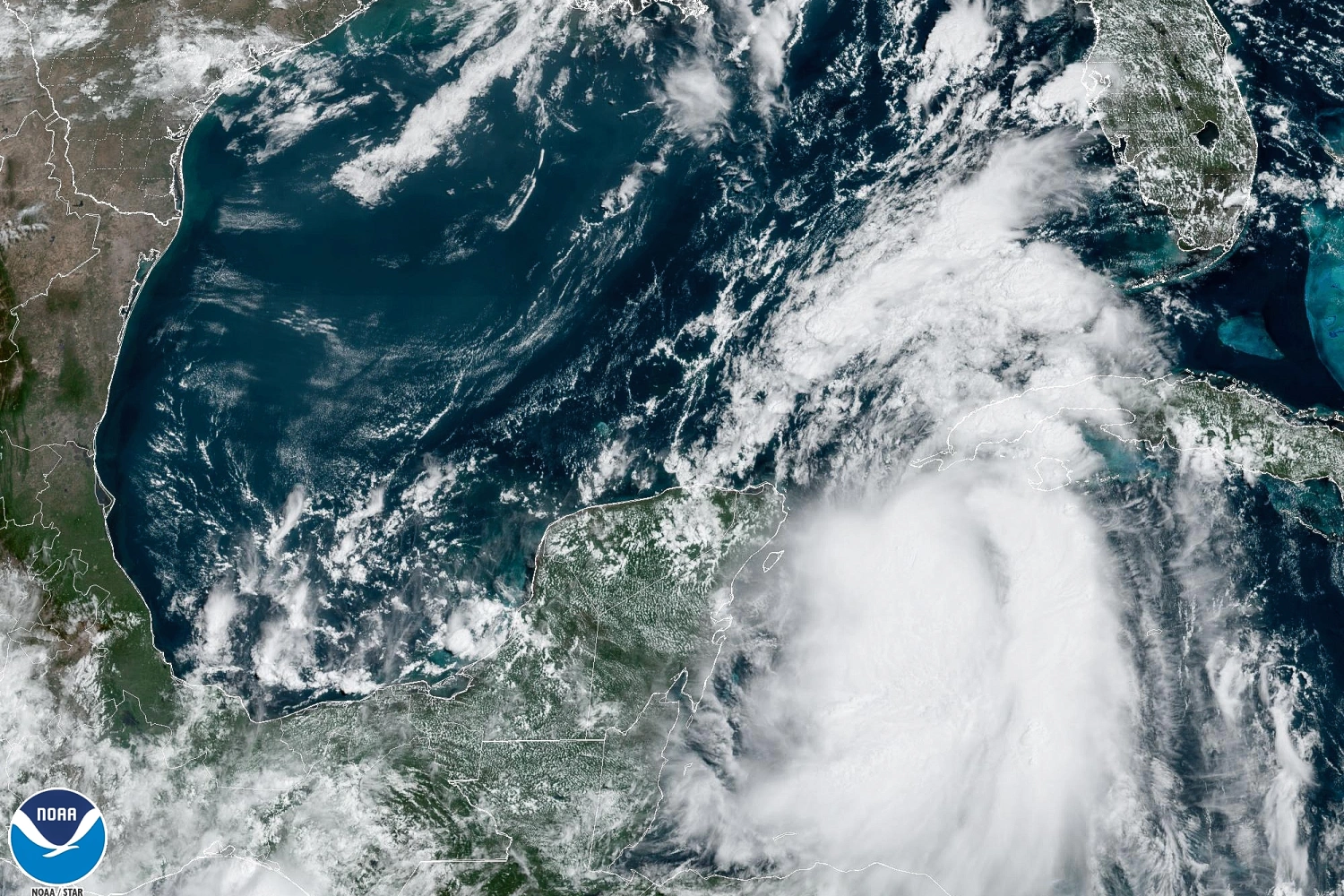As Hurricane Idalia surges towards the southern United States, states along the Gulf Coast are bracing for impact, with governors taking swift action by declaring states of emergency and initiating preparations to mitigate the potential devastation. Forecasted to be one of the most intense hurricanes in US history, Hurricane Idalia’s trajectory and growing intensity are prompting urgent responses from local authorities and federal agencies.
The Gulf Coast region finds itself squarely in the path of Hurricane Idalia, an impending natural disaster that has set weather experts on high alert. Moving at a pace of 15 mph, the storm is projected to escalate into a category 3 or 4 hurricane by Wednesday, raising concerns about its potential impact on vulnerable coastal communities.
Governors across several southern states are at the forefront of preparations. Georgia’s Governor Brian Kemp has underlined the critical importance of readiness, ensuring that state resources are poised for rapid deployment in the face of emergent challenges.
Deanne Criswell, Administrator of the Federal Emergency Management Agency (FEMA), has revealed that $3.4 billion remains in FEMA’s emergency fund, with a specific focus on addressing Hurricane Idalia and other imminent weather-related events.
In Florida, Georgia, North Carolina, and South Carolina, resource allocation and strategic positioning are underway to counter the anticipated impacts. Expert concerns over the storm’s trajectory, particularly the potential for storm surges, have prompted these proactive measures.
FEMA’s urban search and rescue teams are on standby, bolstered by the support of the Army Corps of Engineers for power generation missions. While meteorologists have indicated the possibility of storm surges reaching 10 to 15 feet in certain areas, the gravity of the situation is driving collaborative efforts to enhance disaster response capabilities.
Governor Ron DeSantis of Florida has issued an appeal to residents, urging them to identify secure shelters and remain resilient as the storm approaches. Meanwhile, Governors Henry McMaster and Roy Cooper of South Carolina and North Carolina, respectively, have declared states of emergency. The governors are particularly concerned about the potential for heavy rainfall leading to widespread flooding, especially in southeastern regions.
Residents are being encouraged to activate emergency alerts, download weather apps, devise evacuation plans, gather essential supplies, and remain vigilant about evacuation zones. Drivers have been cautioned against venturing onto flooded roads and advised to exercise caution and retreat if confronted with floodwaters.
Governor Cooper, echoing the call for preparedness, has stressed the importance of staying informed through reliable sources, utilizing emergency alerts on mobile devices, and adhering to safety measures, including the use of weather apps and comprehensive evacuation plans.
As Hurricane Idalia’s approach looms, communities are rallying together to confront the impending threat. The combination of strategic planning, resource allocation, and citizen engagement forms the backbone of the collective efforts aimed at minimizing the potential impact of this formidable hurricane.




